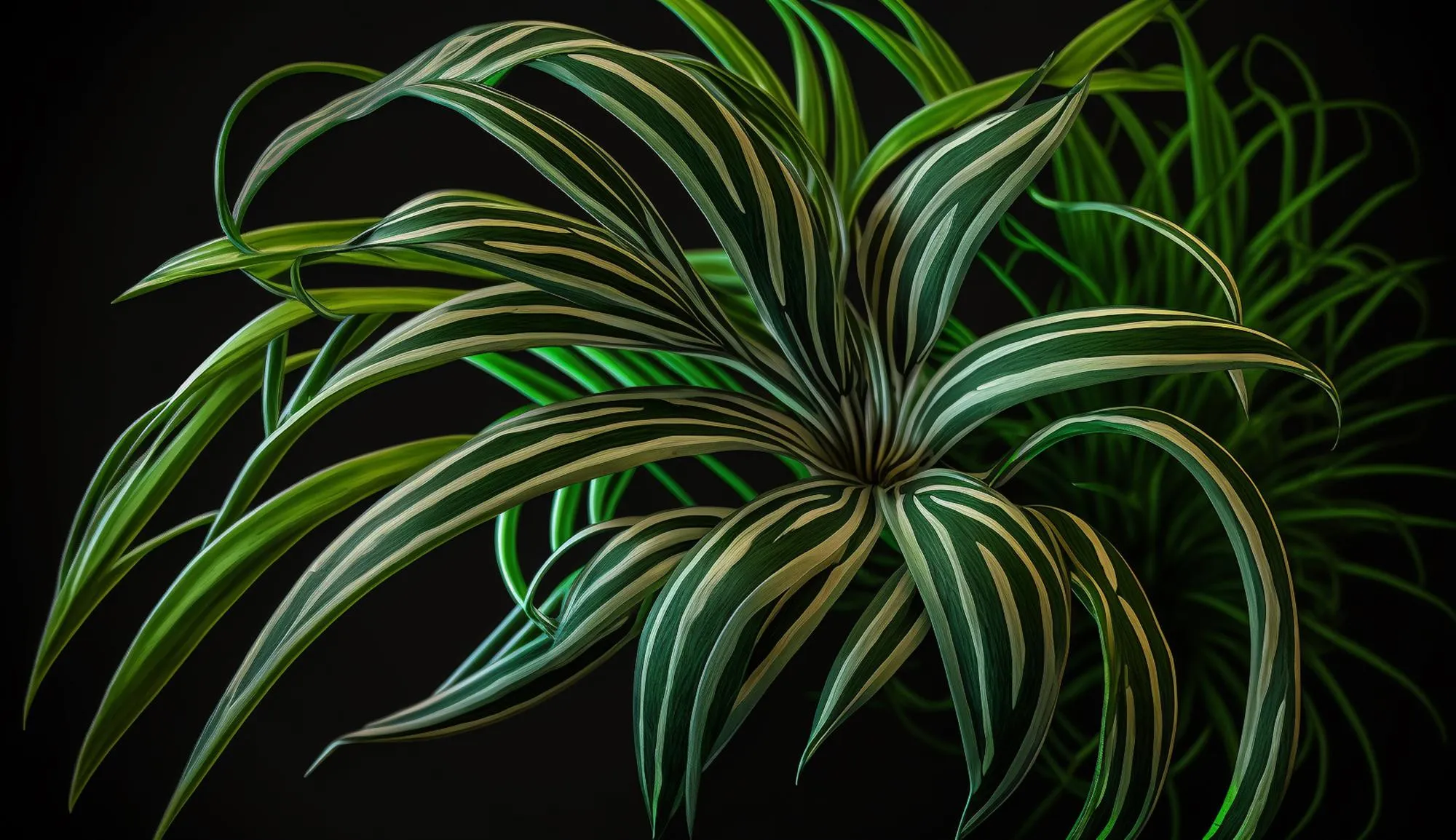In a groundbreaking archaeological discovery, researchers have chemically identified the use of multiple psychotropic plants within a 1,000-year-old ritual bundle excavated from a rock shelter in the Lípez Altiplano region of southwest Bolivia. This ancient collection of shamanic tools not only provides tangible evidence of the spiritual practices of pre-Columbian South American cultures but also reflects an intricate botanical knowledge system that traversed vast distances across the continent.
Published in the prestigious journal “Proceedings of the National Academy of Sciences of the United States of America” (DOI: 10.1073/pnas.1902174116), the study—led by a multidisciplinary team including Miller Melanie J., Juan Albarracin-Jordan, Christine Moore, and José M. Capriles—employed state-of-the-art liquid chromatography tandem mass spectrometry (LC-MS/MS) to analyze organic residues from the ritual artifacts. Their findings reveal the presence of various psychoactive substances, shifting our understanding of ancient religious and cultural exchanges in South America.
The Bundle’s Content: A Psychoactive Panorama
The ritual bundle in question, radiocarbon dated to approximately 1,000 C.E., contained chemical remnants of bufotenine, dimethyltryptamine (DMT), harmine, and cocaine, alongside its degradation product benzoylecgonine. These compounds suggest the use of at least three different psychotropic plants. This diverse psychoactive profile marks the artifact as unique, with researchers declaring it the largest number of compounds found in a single object from this area of the world to date.
Notably, the discovery includes harmine and DMT, the primary ingredients of the potent hallucinogenic brew ayahuasca, traditionally used in shamanic rituals throughout the Amazon. The identification of these substances within the bundle indicates that the use of ayahuasca-like concoctions may have been a significant component of shamanistic practices in South America a millennium ago.
A Network of Knowledge and Trade
The rock shelter’s high-altitude location at 3,900 meters above sea level held intermittent human occupations over the last 4,000 years. The encompassing study area is known for signs of substantial human activity and various cultural artifacts. However, the psychoactive contents of the bundle are particularly revealing. The presence of plants native to diverse ecological zones implies a sophisticated network of trade and knowledge sharing among indigenous groups.
From Cocaine to DMT: Significance of the Discovery
Cocaine, derived from the coca plant (Erythroxylum coca), has a long history in South America, often associated with ancient Andean societies. Its discovery within the bundle confirms the broad geographical spread and cultural significance of the plant. On the other hand, DMT and harmine might have their origins in plants like Banisteriopsis caapi and Psychotria viridis, which thrive in the lower-elevation Amazonian rainforest.
Implications for Archaeological Methodology
The application of advanced chemical analysis techniques, such as LC-MS/MS, underscores an emerging trend in archaeology. By detecting and analyzing molecular traces on ancient artifacts, scientists can unlock secrets of past civilizations that traditional excavation methods might overlook. This points towards a future where archaeometry—a fusion of archaeology and chemistry—plays a central role in our understanding of antiquity.
Discussing the broader implications of the find, Melanie J. Miller expressed excitement for “the window it opens into the complexity of social and religious rituals” of the time. Moreover, José Capriles emphasized the importance of the bundle in understanding cognitive and cultural aspects of hallucinogenic use in religious contexts.
References
The following five references provided pivotal information in the research of the 1,000-year-old ritual bundle discovery:
1. Miller M. J., et al. (2019). Chemical evidence for the use of multiple psychotropic plants in a 1,000-year-old ritual bundle from South America. Proc Natl Acad Sci U S A., doi: 10.1073/pnas.1902174116. This journal article presents the original research and findings regarding the ritual bundle, serving as the basis for widely disseminated knowledge about the subject.
2. VanPool C. S. (2009). The signs of the sacred: Identifying shamans using archaeological evidence. Journal of Anthropological Archaeology, doi: 10.1016/j.jaa.2009.04.004. VanPool’s work discusses the identification of shamanic elements in archaeological records, providing context for the interpretation of artifacts such as the ritual bundle.
3. Carod-Artal F. J., Vázquez-Cabrera C. B. (2006). [Mescaline and the San Pedro cactus ritual: Archaeological and ethnographic evidence in northern Peru] Rev Neurol, PMID: 16625512. This reference is significant for understanding the historical use of psychoactive substances in spiritual contexts.
4. Tushingham S., Snyder C. M., et al. (2018). Biomolecular archaeology reveals ancient origins of indigenous tobacco smoking in North American Plateau. Proc Natl Acad Sci USA, doi: 10.1073/pnas.1813792115. This paper shows how biomolecular archaeology has illuminated the history of substance use in indigenous cultures.
5. Torres C. M., Repke D. B. (2012). Anadenanthera: Visionary Plant of Ancient South America. Routledge, ISBN: 9780789038553. This book provides in-depth knowledge of Anadenanthera, a genus containing psychoactive species, and its significance in South American cultures.
Keywords
1. Psychotropic plants South America
2. Shamanic rituals ancient
3. Archaeological psychoactive discovery
4. Altiplano Bolivia archaeology
5. Ayahuasca ritual bundle
These keywords have been selected to optimize search engine visibility for readers interested in archaeology, ancient rituals, shamanism, and the use of psychoactive substances in South American indigenous cultures.
